In recent years, blockchain explorers have advanced significantly, and with the rise of generative artificial intelligence (AI), their capabilities have expanded further. Below, we examine two leading blockchain explorers incorporating AI, designed to translate transaction data into human-readable formats.
From Forensics to Fast Facts: How AI Is Transforming Blockchain Exploration
Generative AI has revolutionized numerous domains—from generating visuals and refining prose to streamlining website design. Now, this technology has permeated the blockchain sector, with two explorer platforms embedding AI into their interface design. The first platform is Arkham Intelligence, a blockchain analytics tool that democratizes access to intricate blockchain data across networks such as Bitcoin, Ethereum, BNB Chain, Tron, Avalanche, Base, Arbitrum, Polygon, Optimism, and more.
Arkham employs AI-driven methodologies, such as transaction analysis and entity identification, parsing both onchain and external data to link wallet addresses to real-world entities. Consider a recent transfer executed on Binance: Arkham’s AI identified that the transaction entailed a specific address receiving 0.3065368295589717 BNB via Binance for WBNB Token, which then routed 0.3065368295589717 BNB to Pancakeswap Router v2 before reaching the signer—all accompanied by a withdrawal directive.
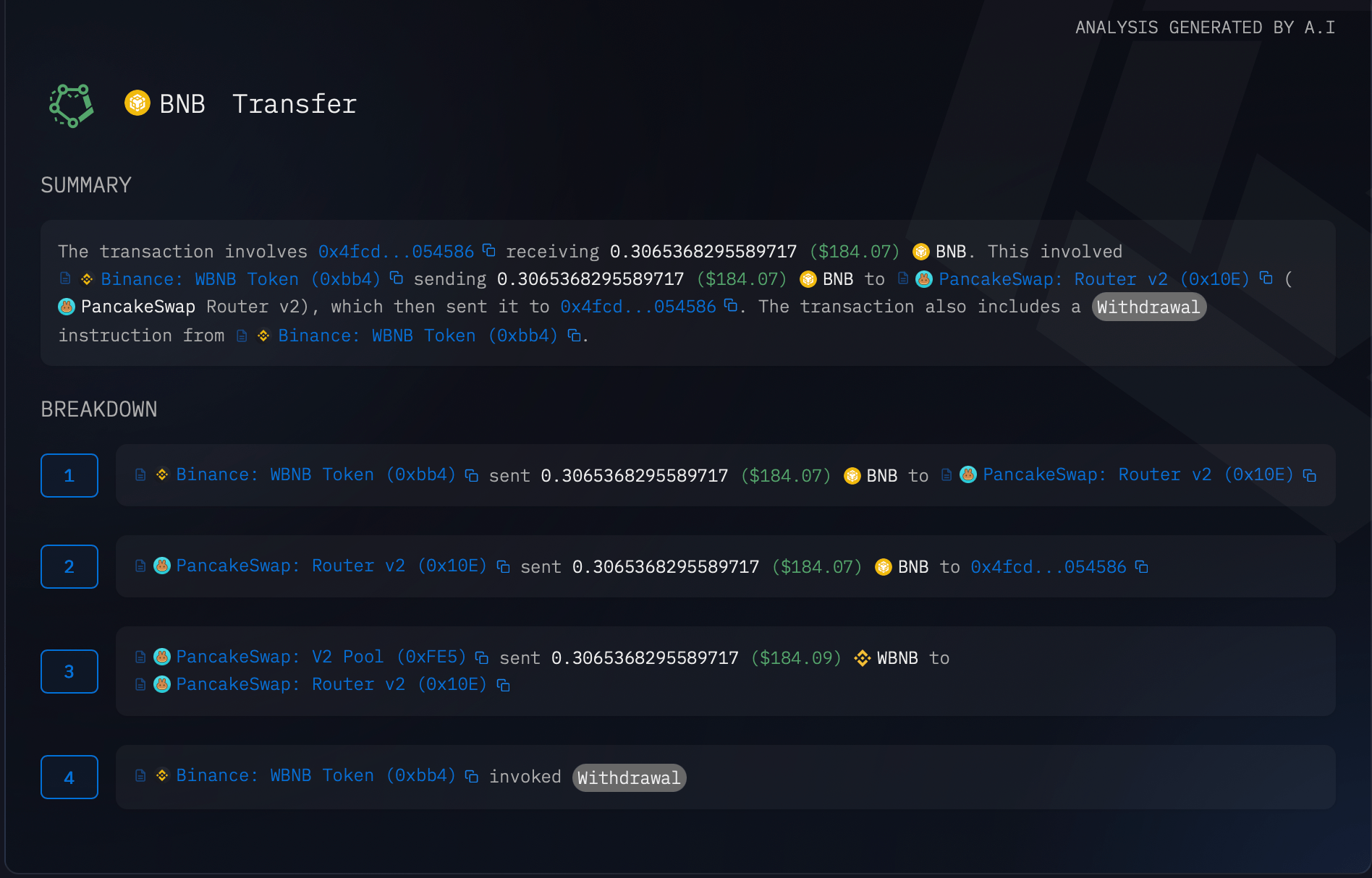
Source: Arkham Intelligence
The AI analysis also gives a breakdown of the addresses involved. For blockchain sleuths especially, the ability to quickly identify real-world entities, consolidate onchain and off-chain data, and follow funds across networks dramatically speeds up investigations. It reduces time spent parsing block explorers line-by-line, allowing for faster insights. Then there’s Blockchair, a multi-chain explorer and analytics tool compatible with 48 distinct blockchains.
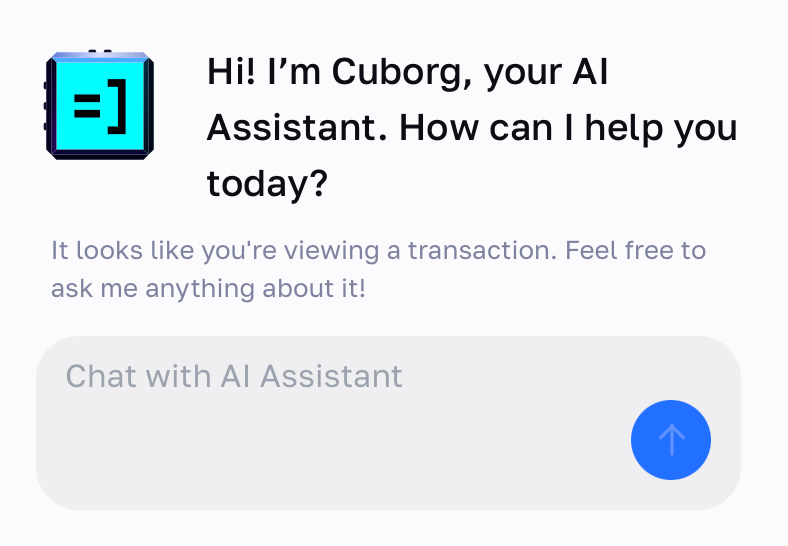
Source: Blockchair
Blockchair also integrates an AI assistant. It greets users with, “Hi! I’m Cuborg, your AI Assistant. How can I help you today? It looks like you’re viewing a transaction. Feel free to ask me anything about it!” Looking at this specific BTC transaction, when a dormant bitcoin address created on May 22, 2017, moved 94.729 BTC for the first time in nearly eight years at block height 895,197, Cuborg will tell you all about it.
Cuborg states:
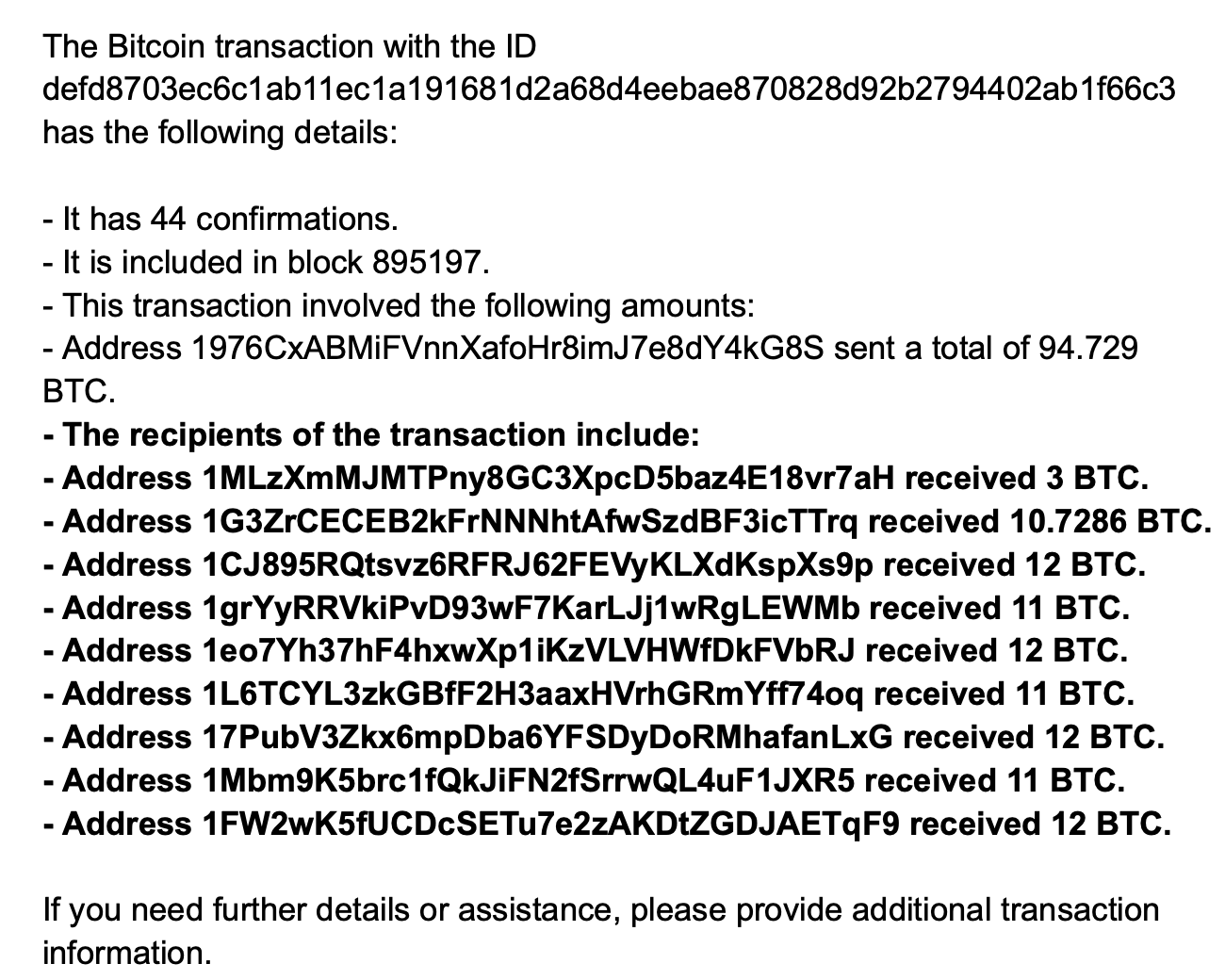
As AI‑led explorers mature, decoding cryptographic ledgers no longer demands forensic patience; anyone can ask conversational questions and surface plausible leads within seconds. That shift resets expectations for transparency across every network, forcing exchanges, protocols, and even governments to assume their flows are instantly readable. The resulting informational parity may nourish healthier markets and accelerate mainstream engagement in the coming years.
Yet granular clarity brings a paradox: the same conversational dashboards empowering honest observers can equally arm opportunistic adversaries. As attribution models grow sharper, users may gravitate toward privacy coins, mixers, zero‑knowledge schemes, or entirely new protocols to shield movement. The right to privacy—and the tools that enhance obfuscation—is a fundamental human right. Yet, the transparency baked into most leading blockchains transforms that principle into a double-edged sword, where the pursuit of accountability often comes at the cost of discretion.




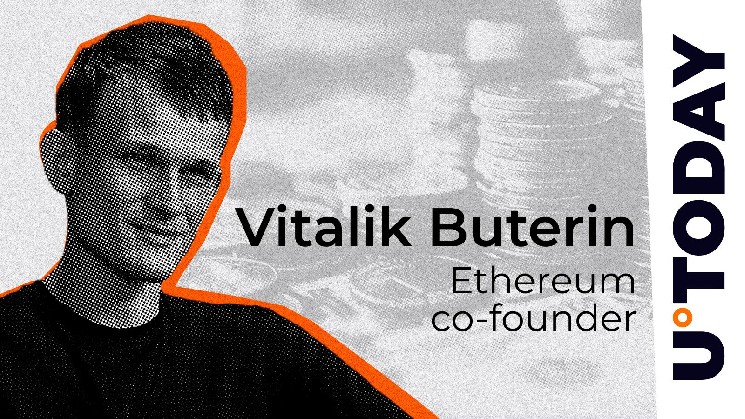
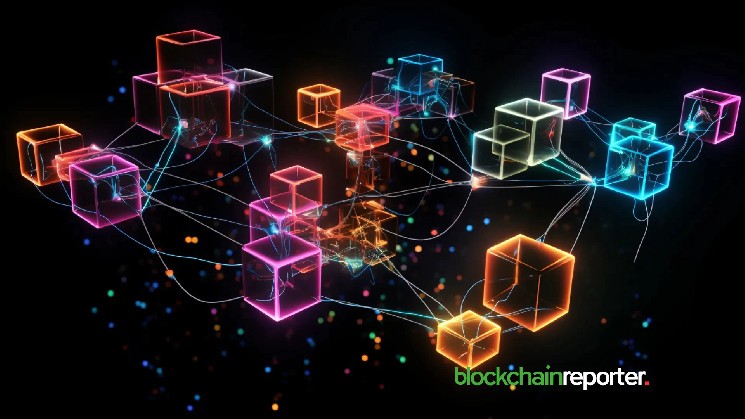




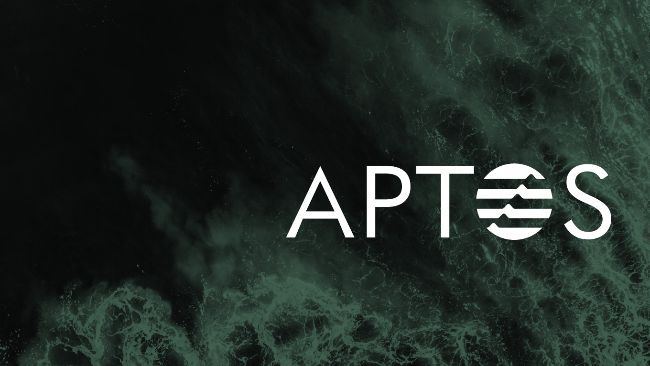



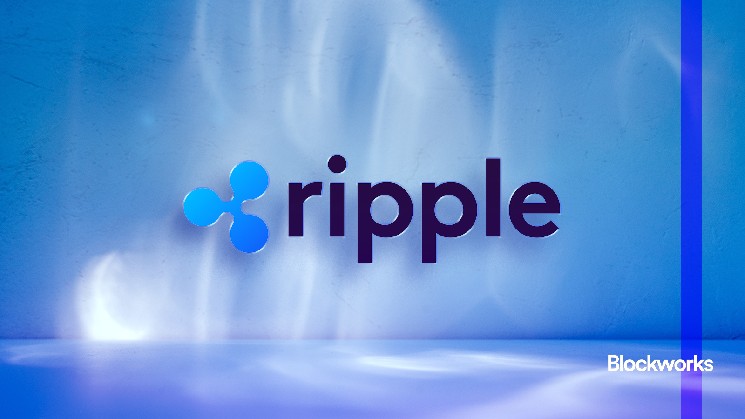
Leave a Reply